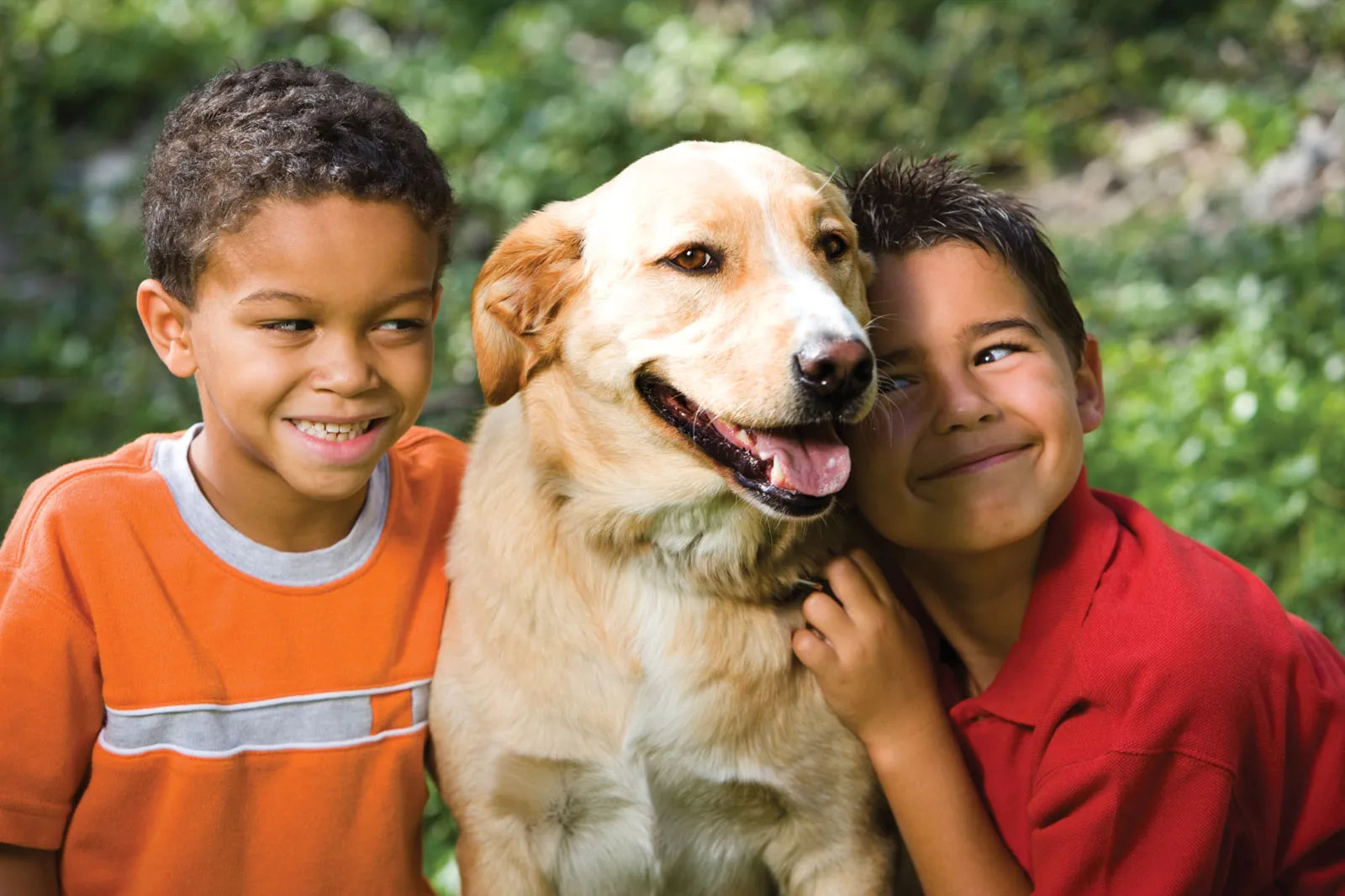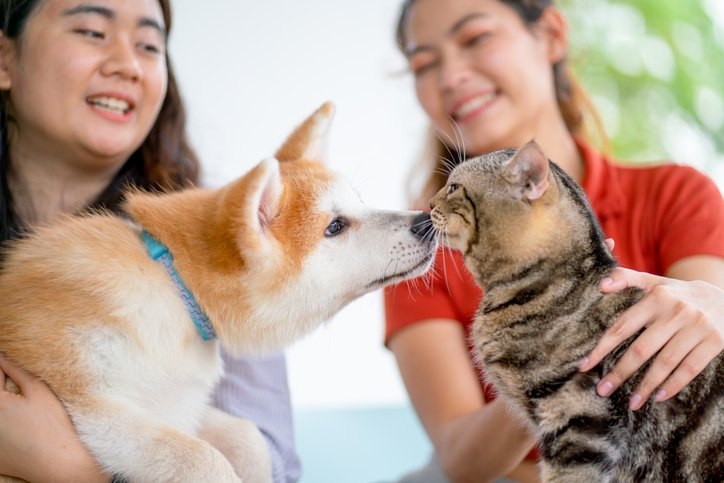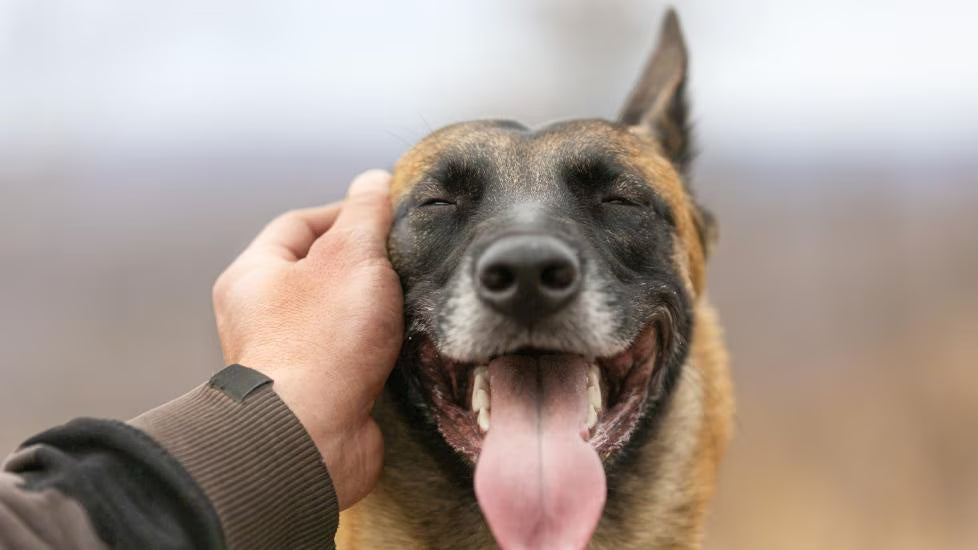
Mastering the Trail: The Essential Guide to Dog Hiking Etiquette (P-Etiquette)
Share
Hitting the trails with your dog is one of the most rewarding ways to spend time outdoors. However, a great experience for you and your pup should never come at the expense of other hikers, wildlife, or the trail itself. As responsible dog owners, we must follow a set of trail manners we call "P-Etiquette" (Pet Etiquette) to ensure the continued access and enjoyment of these beautiful spaces for all.
1. The Golden Rule: Always Scoop the Poop (and Pack It Out)
This is the non-negotiable cornerstone of P-Etiquette. Dog waste is not "natural" to the trail environment; it can introduce non-native bacteria and parasites, pollute water sources, and—frankly—ruin another hiker's day.
-
The Bagged Bomb: Never leave a bag of poop on the side of the trail with the intention of picking it up on your way back. This is unsightly and often forgotten.
-
The Solution: Use a dedicated smell-proof pouch or external carrier to secure the bagged waste to your pack until you reach a trash receptacle. Pack it in, pack it out, every time.
2. Leash Laws are for Safety and Courtesy
While an off-leash dog might seem happy, it poses numerous risks. Always follow posted leash regulations, and default to a leash even in areas where it's not strictly required.
-
Reliable Recall is Not Enough: Even the most obedient dog can be distracted by wildlife or another dog. A leash is the best guarantee of control.
-
The 6-Foot Rule: Use a fixed-length leash, preferably 6 feet or shorter, to keep your dog close. Retractable leashes are discouraged as they provide less control and can become tripping hazards for others.
-
Protecting Wildlife: A dog's presence, even on-leash, can stress local wildlife, especially during nesting or breeding seasons. A loose dog chasing an animal can be dangerous for both.
3. Yielding the Right-of-Way
Good trail manners mean being considerate of everyone else enjoying the outdoors—bikers, runners, horses, and hikers without dogs.
-
The Etiquette Hierarchy: Dog hikers should generally yield to all other users. This means you and your dog are responsible for moving aside.
-
Step Aside: When you see others approaching (especially horses or fast-moving cyclists), bring your dog close to you on a short leash and step off the trail onto a durable surface (rock, dirt, or gravel).
-
Control the Greeting: Never allow your dog to rush up to another person or dog without explicit permission from their owner. Not all people are dog lovers, and not all dogs are friendly. A simple, "Heads up, she’s friendly!" while stepping aside is a polite way to manage the encounter.
4. Respecting the Trail (Leave No Trace)
Your dog's paws and curiosity can impact the environment just as much as human activity.
-
Stay on the Path: Keep your dog on the designated trail to prevent damage to delicate plants and ground cover. Avoid cutting switchbacks.
-
Prevent Digging: Discourage your dog from digging, as this can lead to trail erosion and disturb small creatures.
-
Water Sources: Do not allow your dog to wade in or drink directly from small creeks or water sources shared by others. Use a collapsible bowl instead.
By following these simple P-Etiquette guidelines, you not only ensure a pleasant experience for yourself and your Trailtrotpet, but you also help preserve our access to these trails for years to come.






